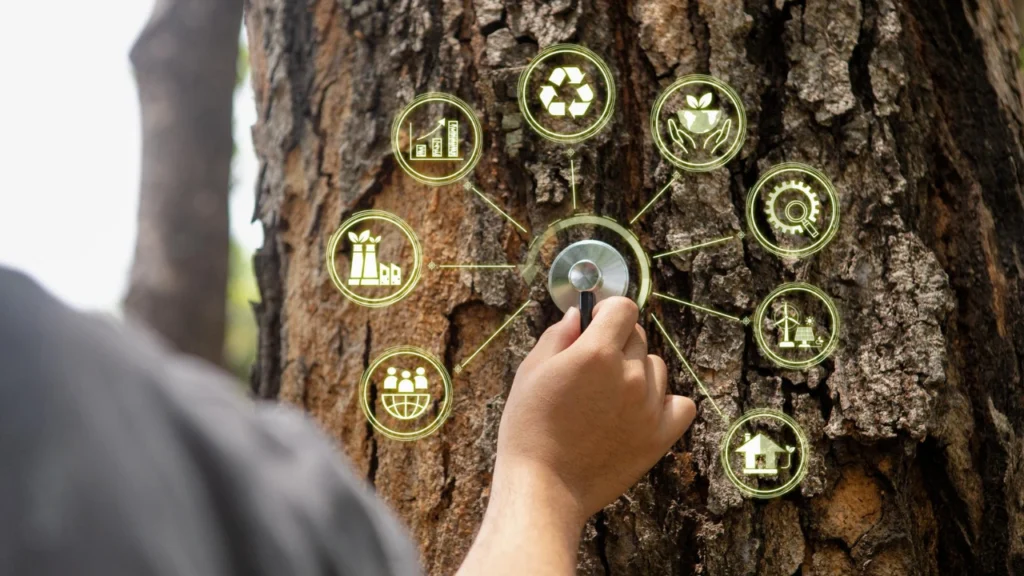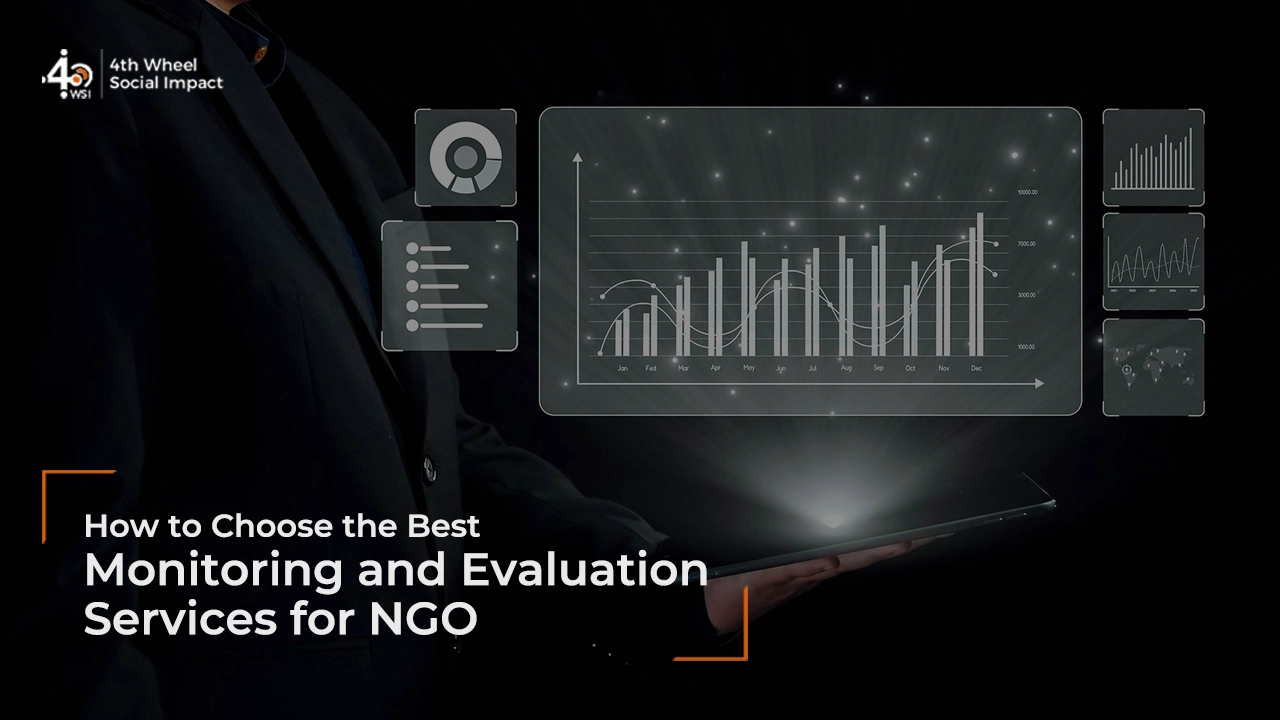Organisations across every sector are now expected to show how their work creates value for society. Yet many struggle to prove that their programs lead to real, positive change. This is where the benefits of social impact assessment become clear.
By using structured social impact assessments, organisations can track outcomes, learn what works, and build trust with stakeholders. At 4th Wheel, as top social impact assessment consultants, we help organisations turn impact measurement into a practical tool for growth and accountability. In this guide, we explain why the advantages of social impact assessment matter in 2025 and how every sector can use them.
The Growing Relevance of SIA in 2025
The advantages of social impact assessment has never been greater. In today’s landscape, funders demand results, communities seek transparency, and regulators expect evidence. Across sectors, corporate, non-profit, and government leaders are using social impact assessments to guide smarter investments and strengthen accountability.
Digital tools and real-time data have made measuring social impact more accessible. At the same time, global reporting standards are pushing organizations to show clear, verified outcomes. A well-executed SIA assessment helps organisations stay ahead of these expectations.
Beyond compliance, the role of social impact assessment is now strategic. It helps leaders make informed decisions, adapt programs based on real data, and demonstrate long-term value. In 2025, organisations that invest in meaningful social impact evaluation will be better positioned to build trust and drive lasting change.
Read More: Social Impact Assessment: What You Need to Know

10 Benefits of Social Impact Assessment for Every Sector
A well-executed social impact assessment delivers far more than compliance. It helps organisations understand, improve, and communicate their value. Here are ten powerful benefits of social impact assessment that apply across sectors:
1. Informed Decision-Making
One of the core advantages of social impact assessment is that it provides data-driven insights. Leaders can see what is working and what is not, then adjust program designs accordingly. Without proper social impact evaluation, many decisions rely on assumptions or anecdotal feedback. SIA allows for evidence-based planning that improves resource allocation and sharpens strategy.
2. Improved Accountability
The importance of social impact assessment also lies in its ability to strengthen accountability. Stakeholders, including funders, boards, communities, and regulators, expect clear evidence of impact. A well-documented SIA assessment offers transparent results that build trust and demonstrate integrity. It shows that the organisation is serious about outcomes, not just activities.
3. Improved Program Effectiveness
Social impact assessments reveal strengths and gaps in program design. This enables teams to refine approaches and improve results. Continuous learning, supported by measuring social impact, helps organisations avoid repeating mistakes and build more effective interventions. In this way, SIA is not just a reporting tool; it is a driver of continuous improvement.
4. Stronger Stakeholder Engagement
The role of social impact assessment surpasses just internal learning. It also betters the engagement with external stakeholders. Sharing social impact assessment benefits with funders, partners, and community members fosters dialogue and collaboration. It allows stakeholders to contribute insights, helping the organisation stay grounded in real community needs.
5. Better Risk Management
Another key benefit of social impact assessment is risk reduction. SIA can identify unintended consequences or emerging issues early. By surfacing these risks, organisations can take timely action to address them. This protects both program participants and the organisation’s reputation. Proactive risk management is especially valuable in complex or high-profile initiatives requiring regular M&E.
6. More Effective Communication
Clear, verified outcomes from social impact evaluations make it easier to communicate your story. Instead of vague claims, you can show real results backed by data. This helps in reporting to funders, engaging partners, and informing the public. A strong communication strategy grounded in impact assessment for organizations increases credibility and visibility across platforms.
7. Competitive Advantage
Organisations that invest in SIA often stand out in their sector. Demonstrating the benefits of social impact assessment can set you apart when applying for grants, pitching to investors, or forming partnerships. It shows you are responsible, responsive, and results-driven—qualities that matter more than ever in 2025. A strong social impact evaluation also helps position your organisation as a leader committed to measurable, meaningful outcomes.
8. Strategic Alignment with Goals
SIA helps align programs with organisational goals. By showing how each initiative contributes to broader outcomes, social impact assessments keep teams focused and strategic. This clarity supports long-term planning and reduces confusion about what success looks like. It also helps make sure that new projects fit into an existing framework of purpose and impact.
9. Support for Policy and Advocacy
Insights from social impact assessment benefits can inform advocacy and policy engagement. When backed by real data, organisations are in a better position to influence decisions, recommend solutions, or advocate for funding. This is particularly valuable in the nonprofit and public sectors, where strong evidence is often needed to support claims.
10. Culture of Learning and Reflection
Perhaps one of the most lasting advantages of social impact assessment is the internal shift it creates. Teams begin to ask better questions, test new ideas, and reflect on outcomes. This creates a culture of learning that strengthens not just programs, but the organisation as a whole. Over time, this mindset leads to deeper impact and greater resilience.
Read More: 10 Real-World Examples of Corporate Social Responsibility

Sector-Specific Applications of SIA
While the benefits of social impact assessment apply to all sectors, how SIA is used often varies depending on organisational goals. Here are some key sector-specific applications:
1. Corporate Sector
In the corporate world, the role of social impact assessment is growing rapidly. Companies use SIA to understand how their CSR initiatives and sustainability programs affect local communities and broader ecosystems. Through structured social impact evaluations, businesses can show shareholders and customers that their investments in social responsibility generate real value. This improves accountability and strengthens brand reputation.
2. Nonprofit Sector
For nonprofits, the importance of social impact assessment is clear: it helps prove that donor funds lead to real-world outcomes. Donors and grant-makers increasingly expect detailed social impact assessment benefits in funding reports. Nonprofits also use SIA to refine program strategies and improve service delivery, ensuring their interventions are effective and responsive to community needs.
3. Government Sector
Governments rely on social impact assessments to evaluate policies, public programs, and large infrastructure projects. A thorough SIA assessment helps policymakers understand both the intended and unintended effects of their work on various groups, especially vulnerable populations. By measuring social impact, governments can design better programs and allocate resources more effectively.
4. Philanthropic Foundations
Foundations use SIA to make sure that grants lead to meaningful change. The advantages of social impact assessment here include stronger learning, better risk management, and improved alignment between grant-making strategies and outcomes. Insights from SIA help foundations refine their focus areas and scale interventions that deliver proven impact.
5. International Development Sector
In international development, SIA supports accountability to both funders and communities. Organisations must show that their programs lead to sustainable, equitable change. Impact assessment for organizations in this space often involves complex, multi-country evaluations. By applying robust social impact evaluation methods, development actors can meet global standards and improve program quality.
Read Our Next Blog
- CSRBox | Social Impact Measurement & Assessment Trainings – The4thWheel
- 5 Things to Consider in Social Return on Investment SROI
Conclusion
A well-executed social impact assessment helps organisations understand what their work is truly achieving. It turns results into actionable insights and builds the trust needed to sustain partnerships and funding. In 2025, the importance of social impact assessment is recognised across sectors, from corporate to nonprofit to government.
When SIA is used thoughtfully, it strengthens programs, supports transparency, and encourages continuous learning. The real value lies in its ability to help organisations stay accountable to the people and communities they serve.
At 4th Wheel, we guide organisations through each step of the social impact assessment process, from planning and data collection to analysis and reporting. Our goal is simple: to help clients use social impact evaluation to inform decisions, improve outcomes, and deepen their impact.
If you’re ready to maximise your impact in 2025, partner with 4th Wheel to design a social impact assessment approach that delivers clear, measurable value.
FAQs
What is the importance of measuring social impact?
Measuring social impact helps organisations understand the outcomes of their programs and investments. It provides clear data on what is working and what needs adjustment. The importance of social impact assessment lies in its ability to drive learning, improve accountability, and strengthen trust with stakeholders.
What is the main purpose of social impact assessment?
The main purpose of social impact assessments is to evaluate how projects or programs affect people and communities. It helps organisations identify both positive outcomes and potential risks. Through social impact evaluation, leaders can make better decisions and ascertain that their efforts align with community needs and organisational goals.
What sectors benefit most from SIA?
All sectors benefit from the advantages of social impact assessment. Corporates use it to track CSR outcomes. Nonprofits apply it to strengthen donor accountability. Governments rely on SIA for policy and program evaluation. Philanthropic foundations and international development agencies also use impact assessment for organizations to ensure that funds lead to meaningful change.
What are the key tools for measuring social impact in 2025?
Key tools for measuring social impact in 2025 include digital data collection platforms, GIS mapping, data visualisation software, and qualitative analysis tools. These technologies help organisations conduct more accurate and timely social impact assessments. The choice of tool depends on the program’s scale, type of outcomes, and stakeholder needs.
How does social impact assessment improve stakeholder engagement?
By sharing clear and credible results, social impact assessments foster trust and dialogue with stakeholders. They let funders, partners, and communities see the value of a program and contribute to its improvement. This process of transparent communication is a key benefit of social impact assessment, strengthening relationships and encouraging collaboration.




